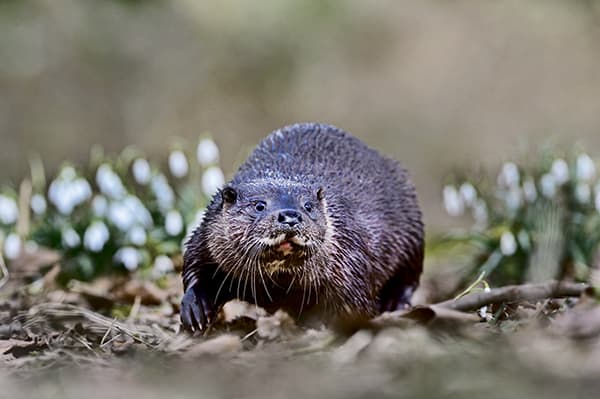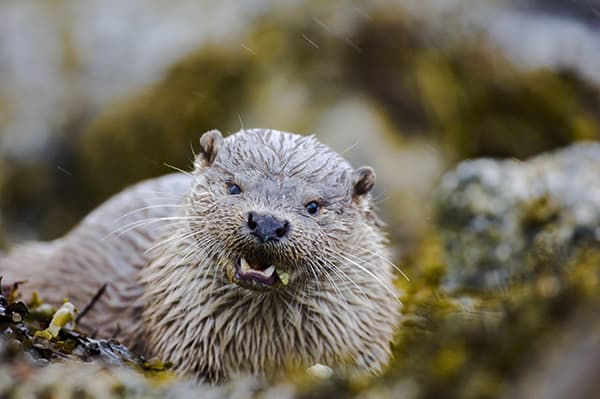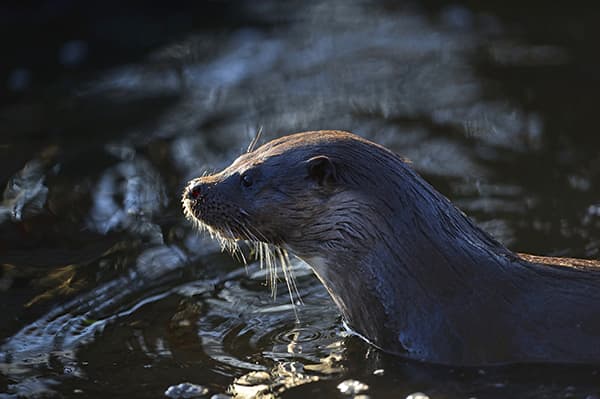Freshwater otters are spreading back to old haunts and are increasing across much of Britain after almost disappearing in the early 1960s due to river pollution, habitat loss and hunting. They can be confused with mink, which are smaller, and, critically, much of a mink’s body shows in the water when swimming. An otter swims low in the water with often just the head visible.
Habitat
Found throughout Britain, otters can be split between those that are found in freshwater habitats and those that live on the coast around the Shetland Islands, Western Isles and the west coast of Scotland. This distinction is necessary because of behavioural differences.
Best time to shoot
Otters are great subjects all-year round, but if you want to shoot their cubs as well, then the best time is between autumn and early spring.
Freshwater otters are nocturnal in many places across Britain. However, there are locations where they are encountered during the day and these sites are often in urban environments where individual otters have become habituated to people.
Shooting advice
Getting close
While growing in numbers, otters are still a challenge to photograph. Poor eyesight is compensated by acute hearing and smell, so a good level of fieldcraft is needed to get up close.
In either habitat, the best chance of success will result in staying downwind. Getting ahead of the animal and keeping movement and noise to a minimum when the otter is on the surface or out of the water are keys to success. Once the otter dives, try to move swiftly and freeze in position before it surfaces. Repeat the process until you are in a good shooting position.
There are occasions when otters will wander close to you, oblivious of your presence. Having the ability to change focal length quickly will allow many more shots to be captured, so something like an 80-400mm is ideal.
Positioning
Otters eat small prey in the water but larger catches are brought ashore. Freshwater otters often have favoured points along a riverbank where they come ashore to feed, so try to spot where these are. Coastal otters, though, once they have a large crab or fish, will head for the shore so you can judge where they will emerge and try to be in position.
About the otter
With sleek dark-brown bodies and webbed feet, the otter is a large member of the weasel family and is easy to identify out of the water.
Location
These animals are elusive and can be found living along undisturbed rivers, streams and estuaries. Distribution is dependent on the availability of fish.
Size
Adult size is 100-165cm long from head to tail.
Nest
Known as holts, otter nests are lined with grass and can usually be found in stream banks, normally with an underwater entrance.
Diet
Otters are opportunistic predators, taking everything from birds to voles. However, fish forms a large part of their diet, and they will eat crabs if on the coast.
Population
Just below 13,000 after almost facing extinction in the early 1960s.
Kit list for photographing otters
Telephoto zoom
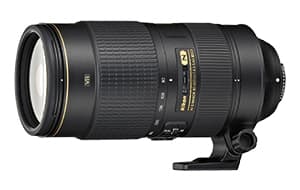 A zoom lens such as a 80-400mm is ideal, because you can often get very close.
A zoom lens such as a 80-400mm is ideal, because you can often get very close.
Camera
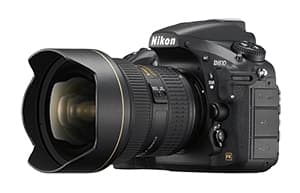 A camera with a quiet shutter or a quiet mode is necessary, as otters will react to loud shutters. Alternatively try to reduce shutter sounds by wrapping your camera body with a cloth, where it meets the lens, to dampen the noise
a little.
A camera with a quiet shutter or a quiet mode is necessary, as otters will react to loud shutters. Alternatively try to reduce shutter sounds by wrapping your camera body with a cloth, where it meets the lens, to dampen the noise
a little.

